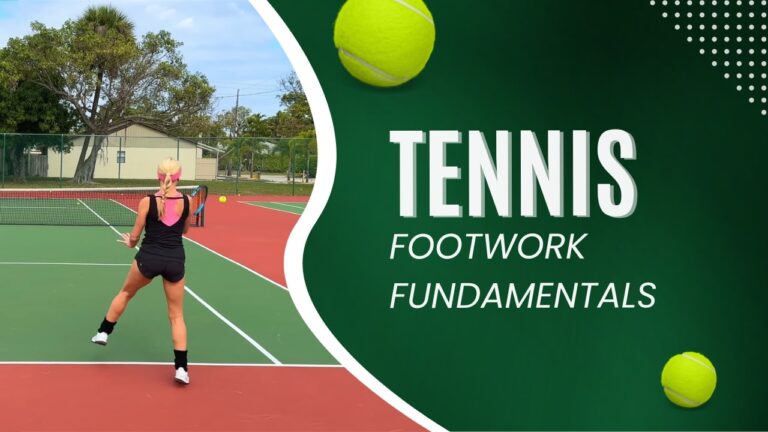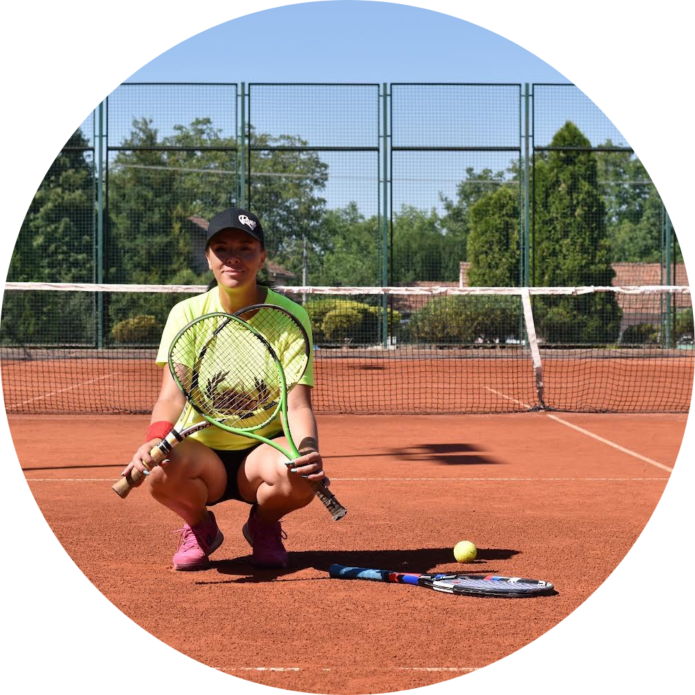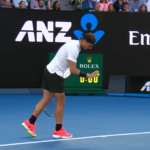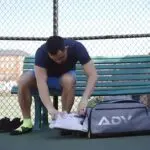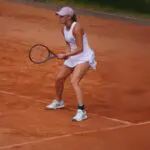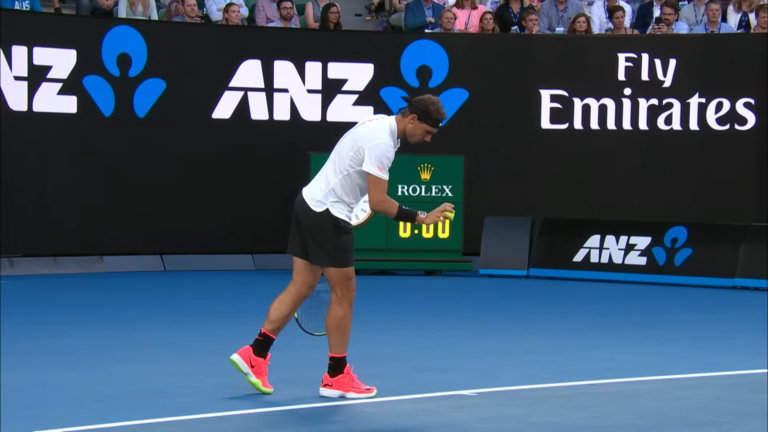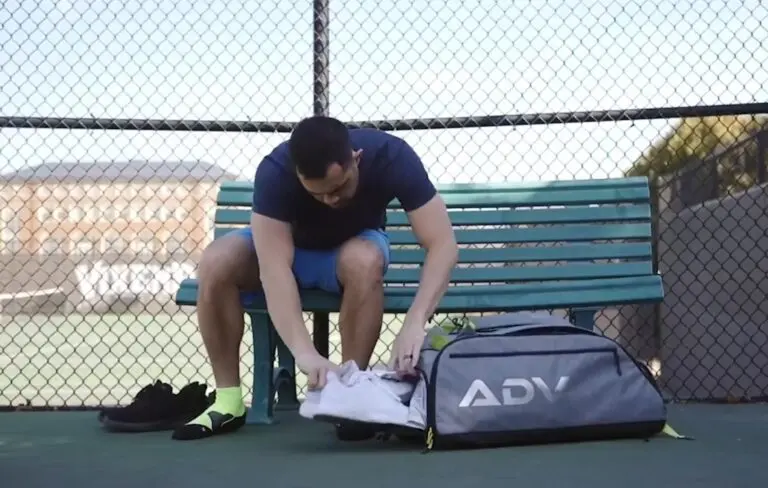Recently, Djokovic headlines screamed around the world. He had just won his 23rd Grand Slam; a new record. People who aren’t tennis fans were impressed even though they’ve never watched him play. If they had, they’d be even more astounded.
🏆🙏🏼2️⃣3️⃣❤️🇫🇷 #RolandGarros pic.twitter.com/KOxvOq3d18
— Novak Djokovic (@DjokerNole) June 11, 2024
Novak Djokovic has earned the nickname ‘the Rubber Man’ because he’s so flexible and fast. Not just fast on the backhand; he zips from one side of the court to the other at lightning speed. His dazzling skills prove that he’s clearly mastered tennis footwork.
It doesn’t take beginner tennis players long to discover that playing tennis isn’t just about swinging a racquet and dashing from one sideline to the other. Tennis players have to learn how to anticipate the swing and position themselves to meet the ball. Like boxers, they must train their feet to enhance their game. Every beginner tennis player must master these footwork fundamentals.
Getting in the Ready Position
The ready position is the stance you assume just before your opponent serves. It’s a half-crouched position with your feet shoulder-width apart and flat on the court. Your weight should be on the balls of your feet. Your upper body should be loose, your arms at 90 degrees, and the racquet’s head at shoulder height.
This stance prepares you to spring into action as soon as the ball is served. Once you assume this position, try a few bounces to test your spring. And then, practice a few pivots to either side. If your stance is correct, you’ll feel that pressure in the balls of your feet.
Your stance should be as centered as possible. Remember your opponent watches you for clues of how you might respond to their serve. Do your best to not give your game strategy away.
Practicing the Split Step
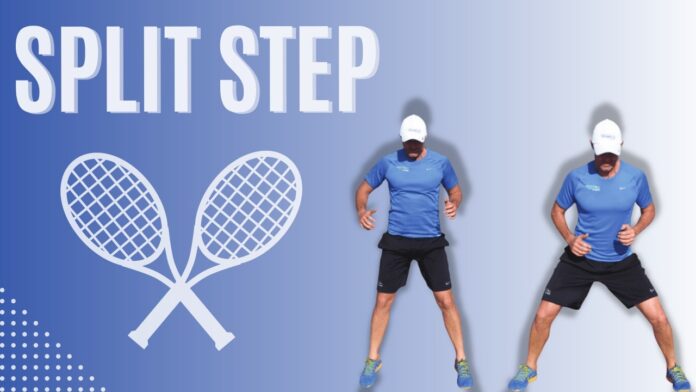
Have you ever watched Ash Barty play tennis? She has an endearing habit of doing a little hop as the ball is served before taking off to return it. It’s not an affectation, it’s a bit of tennis footwork called a split step. The split step makes your legs react like coiled springs, giving you extra force as you push off to meet the ball.
Timing your split step is crucial; otherwise, you’ll lose that momentum and energy. Ideally, you should split-step just before your opponent hits the ball so that your legs are ‘loaded’ in the same instant you calculate where the ball is headed. Don’t worry if it takes you a long time to get the split step right. This skill takes a lot of practice to master.
Adjusting Steps to Return the Ball
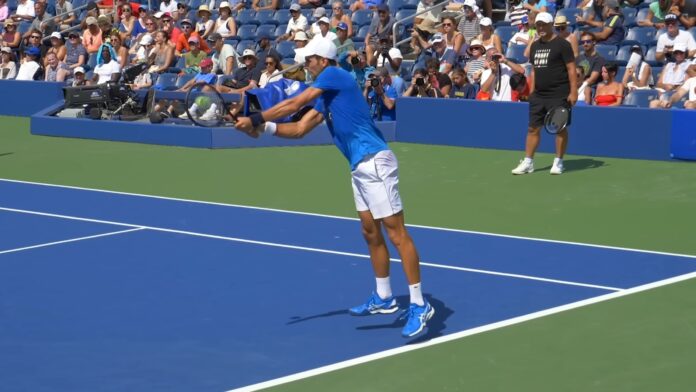
As a beginner tennis player, you’ll likely find yourself scrambling to position your feet properly to return the ball. That’s no reason to feel frustrated; every tennis player makes adjustment steps.
After you split-step and ‘react’ to the ball, your legs will still have a lot of momentum to spend. They will want to keep going but you have to plant them to work your racquet. Your front foot will act as a brake and your hind foot will stabilise you. But then, you must reposition your feet to transfer your power to your upper body.
Adjustment steps can be in any direction – front, back, sides, or diagonal. They are not complete steps; they should be small and calculated. If you find yourself often raising your shoulders to hit the ball, try a backward adjustment step. On the other hand, if you’re so far away from the ball that you have to lean in to hit it, an adjustment step forward will help.
Recover Towards the Centre
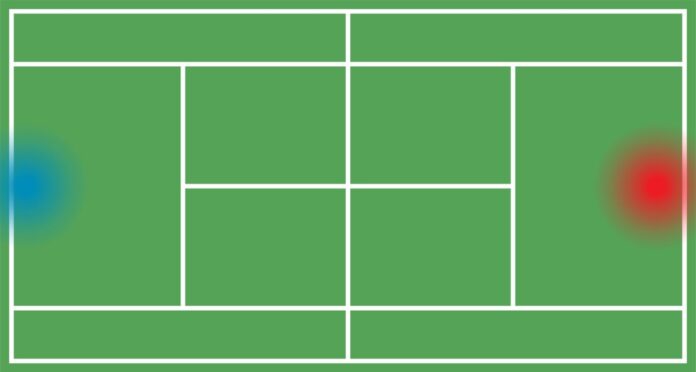
Your opponent may send the ball anywhere they want to. Usually, they want to hit it where it will be the most difficult for you to return it. If you’re at one end of the baseline, they will do their best to land their ball as far from you as possible. But if you’re in the center of the court, you limit their options.
Tennis players use a combination of side steps, run steps and cross steps to neutralize their opponent’s advantage. A side step is just what it sounds like. It’s pushing off with your foot farthest from the center line – your outside foot, and stepping with the one closest (the inside foot).
The side step is the most common recovery step. It allows you to face your opponent as you reposition yourself and it’s quicker to get back into the ready position because you don’t have to pivot. Once you master the side step, you can incorporate the cross step.
It’s a lot like the sidestep; you’ll still face the net and push off of your outside foot. But then, your legs will cross over one another instead of your outside foot meeting the inside one. Cross-stepping allows you to quickly cover a lot of ground without taking your eyes off your opponent or the ball.
By contrast, the run step follows your swing’s momentum. When you return the ball, your feet typically place parallel to the baseline. If they’re pointing in the direction you want to go, push off as though you were running – but only for one step. As you lift, pivot your body to face the net and reclaim the center with side steps. If your feet point in the opposite direction, you’ll have to pivot before you take your run step.
Practice Your Footwork
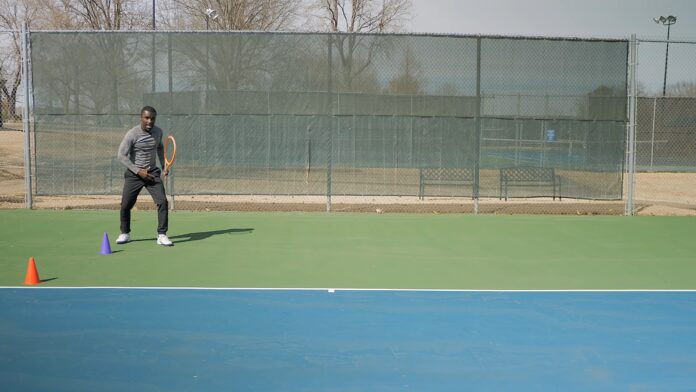
Like boxers, tennis players must work their feet as much as their upper bodies. Both of these athletes move constantly; they use their feet to keep themselves light and fast. You might follow the same recommendation every Superprof tennis coach doles out.
Practice adjustment steps, side steps, cross steps, and first reaction steps any chance you get. While waiting for a bus, for instance, or while washing up. Work your knees while you’re at it. Find the perfect inflection point to give you the maximum explosion out of your ready stance.

